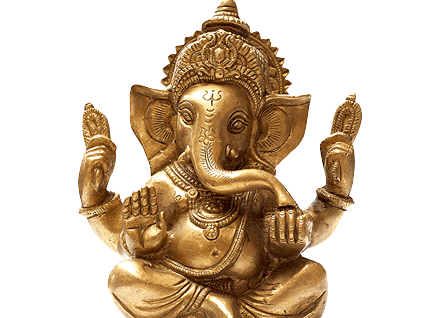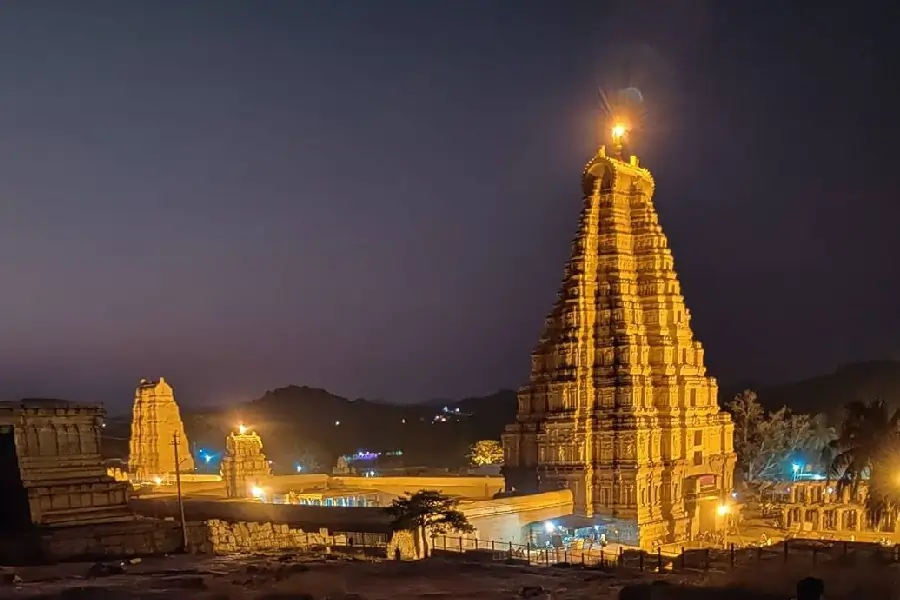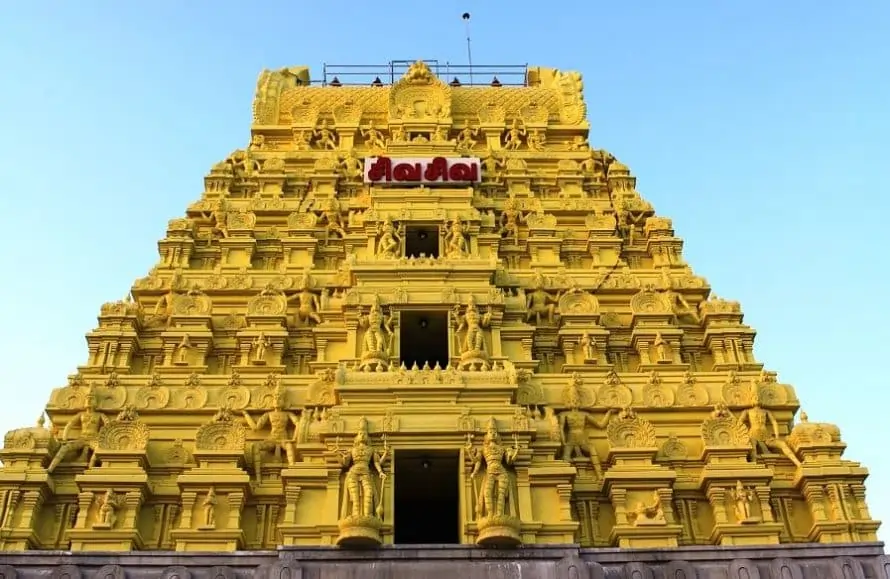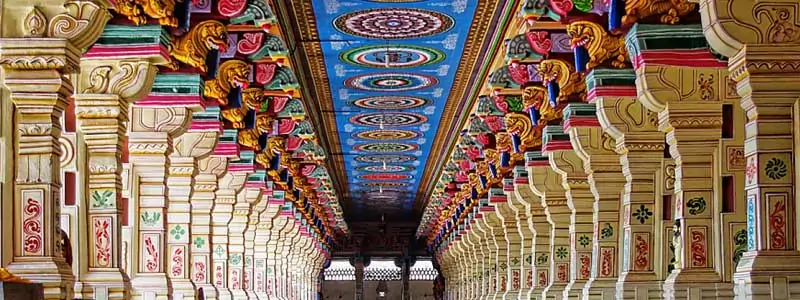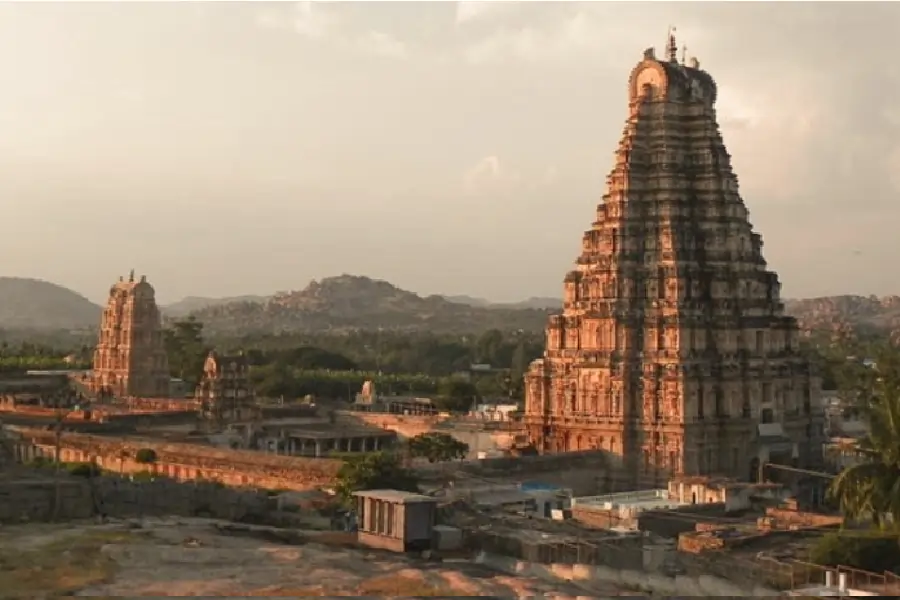
Jagannath Temple History

The Jagannath Temple in Puri, located in the eastern Indian state of Odisha, has a long and fascinating history that dates back several centuries. Here is a comprehensive overview of the history of Jagannath Temple in Puri.
Ancient Historical Origins:
The origins of the Jagannath Temple can be traced back to ancient times, with the deity Jagannath (Lord of the Universe) being worshipped by tribal communities in the region. The Jagannath temple history is intertwined with the legends and myths of Lord Jagannath, who is considered an incarnation of Lord Vishnu.
Here are a few prominent legends connected to the temple:
Legend of Lord Jagannath:
According to one popular legend, Lord Jagannath was originally a deity worshipped by tribal communities in the region. The legend goes that King Indradyumna, a great devotee of Lord Vishnu, was instructed in a dream to retrieve an idol from the sea and construct a temple for worship. The king followed the divine guidance, and miraculously, an image of Lord Jagannath, along with his siblings Balabhadra and Subhadra, was found floating on a log in the sea. The king installed the idols in the Jagannath Temple, making it their eternal abode.
Legend of the Daru Brahma:
Another significant legend associated with the temple history is the “Daru Brahma” myth. It is believed that every 12 or 19 years, during the Navakalevara ceremony, the wooden deities of Lord Jagannath, Balabhadra, Subhadra, and Sudarshana Chakra (discus) are replaced with new ones. As per the legend, the original idols are made from a divine log called “Daru Brahma,” which is found floating in the sea and is believed to possess immense spiritual power.
Legend of Queen Gundicha:
The Rath Yatra festival celebrated at the Jagannath Temple is associated with a popular legend known as the “Legend of Queen Gundicha.” It narrates that Queen Gundicha, the aunt of Lord Jagannath, invited him and his siblings to her palace in Puri. Lord Jagannath, along with his siblings, embarks on a chariot journey to visit Gundicha Temple, known as the “Mausima Temple.” This annual procession represents the journey of Lord Jagannath to his aunt’s house.
These legends and stories surrounding the Jagannath Temple add a mystical and divine aura to its ancient origins, further captivating the devotees and visitors who come to seek blessings and witness the grandeur of the temple.
Know More:-
Early Temple Structures in Jagannath Temple History:
The earliest historical references to the Jagannath Temple can be found in ancient texts and inscriptions dating back to the 9th century. It is believed that King Anantavarman Chodaganga Deva of the Eastern Ganga Dynasty initiated the construction of the temple in the 12th century. Subsequent rulers made significant contributions to its development.
Early Temple Structures:
The early history of Jagannath Temple is marked by the construction and development of its primary structures. The temple complex was initially built during the 12th century under the patronage of King Anantavarman Chodaganga Deva of the Eastern Ganga Dynasty. The king initiated the construction of the temple, and during his reign, the Jaga Mohan or assembly hall and Vimana or chariot of the temple were constructed
Construction by King Anantavarman Chodaganga Deva:
King Anantavarman Chodaganga Deva, who ruled from the 12th to 13th century, initiated the construction of the Jagannath Temple. It is believed that the king was divinely inspired to build the temple to enshrine the deities Lord Jagannath, Balabhadra, and Subhadra. He made significant contributions to the temple’s establishment and its early structures.
Construction by King Anantavarman Chodaganga Deva:
King Anantavarman Chodaganga Deva, who ruled from the 12th to 13th century, started the construction of the Jagannath Temple. The Jaga Mohan, the assembly hall, and the Vimana, the chariot-like tower, were constructed during his reign. King Chodaganga Deva made significant contributions to the temple’s establishment and early structures.
Completion by Anangabhima Deva:
It was during the reign of King Anangabhima Deva in 1174 AD that the construction of the Jagannath Temple was completed. King Anangabhima Deva played a crucial role in the temple’s development, overseeing the final stages of construction and ensuring its grandeur. Under his patronage, the temple reached its completion and became a significant religious and architectural marvel.
Kalinga Architecture of Jagannath Temple Puri
The architectural style of the Jagannath Temple Puri is predominantly known as the Kalinga style, which is characteristic of the region. The Kalinga style exhibits distinctive features such as pyramid-shaped towers, intricately carved sculptures, and elaborate stonework. The temple’s architecture reflects the fusion of various regional architectural traditions, resulting in a unique and awe-inspiring structure.
Main Temple (Sri Mandir):
The central and most significant structure within the temple complex is the main temple, known as the “Bada Deula” or “Sri Mandir.” This temple houses the sacred idols of Lord Jagannath, Balabhadra, and Subhadra. The Sri Mandir is an impressive stone structure with a curvilinear tower known as the “vimana” or “deul.” The tower rises high above the temple complex, creating a majestic and iconic sight.
Surrounding Structures:
Apart from the main temple, the Jagannath Temple complex encompasses various other structures, halls, gates, and courtyards. These structures were constructed in subsequent centuries to accommodate the increasing number of devotees and to facilitate the temple rituals and festivities. Some notable structures within the complex include the Mukti Mandap, Natya Mandap, Bhoga Mandap, and the Jagamohan.
Must Read:-
Top 10 Jagannath Temples In India
10 Jagannath Temples Outside of India
Jagannath Temple History: Contributions of Subsequent Rulers:
Following King Anantavarman Chodaganga Deva, several rulers and dynasties made significant contributions to the temple’s development. The Ganga Dynasty, the Suryavamsi Dynasty, and the Gajapati Kings of the Gajapati Dynasty were particularly instrumental in the growth and maintenance of the Jagannath Temple. These rulers offered extensive financial support, land grants, and patronage to the temple, allowing it to flourish and expand over time.
The early temple structures of the Jagannath Temple represent a remarkable blend of architectural grandeur, religious sanctity, and historical significance. These structures have withstood the test of time, and their existence continues to inspire awe and devotion among the countless pilgrims and visitors who come to experience the divine atmosphere of the temple.
Architectural Evolution:
Over the centuries, the Jagannath Temple underwent several architectural changes and expansions. The temple complex comprises several structures, including the main temple (referred to as the “Bada Deula” or “Sri Mandir”), various halls, gates, and courtyards. The temple’s architecture showcases the Kalinga style, characterized by its pyramid-shaped towers, intricate carvings, and sculptures.
Vaishnava’s Influence on the Jagannath Temple History
The Jagannath Temple gained prominence as a major centre for Vaishnavism, a Hindu sect that worships Lord Vishnu as the supreme deity. The temple’s rituals, practices, and festivals reflect Vaishnava traditions. It became a significant pilgrimage site, attracting devotees from all over India and beyond
Historical Patronage:
The rulers of the Ganga Dynasty, the Suryavamsi Dynasty, and later the Gajapati Kings of the Gajapati Dynasty played a crucial role in the temple’s development. They provided substantial financial support, land grants, and patronage to the temple, contributing to its growth and maintenance.
Know More:- 10 Jagannath Temples Outside of India
Preservation and Reconstruction:
The Jagannath Temple faced multiple challenges over the centuries, including invasions, natural disasters, and changes in political power. Despite these challenges, the temple was preserved and reconstructed by various rulers, particularly during the reign of King Ananga Bhima Deva III in the 13th century and King Kapilendra Deva in the 15th century.
Throughout its history, the Jagannath Temple has undergone numerous renovations and restorations to maintain its structural integrity and preserve its sanctity. These efforts were undertaken by various rulers, devotees, and philanthropists to ensure the temple’s longevity.
The Jagannath Temple continues to be one of the most revered and significant Hindu temples in India, drawing devotees, scholars, and tourists who are captivated by its rich history, architecture, and religious significance.
Must Read:- Top Famous Temples in Odisha
Traditions of Puri Jagannath Temple History:
The Jagannath Temple in Puri is renowned for its rich heritage and spiritual traditions. Here are some key aspects of the temple’s heritage and spiritual traditions:
Vaishnava Tradition:
The Jagannath Temple is deeply rooted in the Vaishnava tradition of Hinduism. It is considered one of the Char Dham pilgrimage sites, representing the four sacred abodes of Lord Vishnu. The temple follows the Vaishnava philosophy, which emphasizes devotion to Lord Jagannath as an incarnation of Lord Vishnu.
Rituals and Worship:
The temple conducts elaborate daily rituals and worship ceremonies known as “nitya seva.” These rituals are performed by a specific order of priests who belong to designated Brahmin families, known as “Pandas.” The pandas are responsible for carrying out various services, including offering prayers, performing arati (devotional ceremonies), and conducting sacred rituals.
Mahaprasad:
One of the unique aspects of the Jagannath Temple is the distribution of Mahaprasad, which is considered sacred food blessed by Lord Jagannath. The Mahaprasad is prepared in the temple kitchen, known as the “Ananda Bazaar,” using traditional cooking methods. It is offered to the deities and then distributed among the devotees. Partaking in the Mahaprasad is considered highly auspicious and is believed to confer divine blessings.
Rath Yatra Festival:
The Jagannath Temple is famous for its grand Rath Yatra festival, also known as the Chariot Festival. It takes place annually, typically in June or July, attracting millions of devotees and tourists from around the world. During the festival, the deities of Lord Jagannath, Balabhadra, and Subhadra are placed on massive chariots and pulled through the streets of Puri. The Rath Yatra is a symbol of unity, devotion, and the journey of Lord Jagannath to visit his aunt at Gundicha Temple.
Read More:- Guide to Jagannath Temple, Puri
Festivals and Celebrations:
Apart from the Rath Yatra, the Jagannath Temple celebrates various other festivals throughout the year. These include Snana Yatra (the ceremonial bath of the deities), Chandan Yatra (application of sandalwood paste to the deities), Ratha Anukula (deities visiting other temples), and Niladri Bije (the return of the deities to the main temple after the Rath Yatra). These festivals are marked by vibrant processions, rituals, music, dance, and a display of devotion by devotees.
Pilgrimage Destination:
The Jagannath Temple in Puri is one of the most revered pilgrimage destinations in India. It attracts millions of devotees who undertake the sacred journey to seek the blessings of Lord Jagannath. Pilgrims participate in the temple rituals, offer prayers, and immerse themselves in the spiritual ambience of the temple.
The heritage and spiritual traditions of the Jagannath Temple have been preserved and passed down through generations. The temple’s significance as a centre of devotion, rituals, festivals, and divine grace has made it an integral part of Odisha’s cultural heritage and a symbol of deep spiritual reverence.
To know more about the Jagannath Temple Puri, visit these links:
Jagannath Temple Puri: History, Significance, Facts – All You Want To Know
Must Read:
History of Jagannath Temple
Puri Jagannath temple timings: Opening time, Darshan time and Bhog time
Lesser Known Facts About Jagannath Temple
How to Reach Jagannath Temple railway & airport
Jagannath Temple Puri: History, Significance, Facts – All You Want To Know
Shri Jagannath Aarti : Chaturbhuja Jagannatha Kantha Sobhita Koustubha
श्री जग्गनाथ आरती – चतुर्भुज जगन्नाथ
Puri Jagannath Temple & God Images

